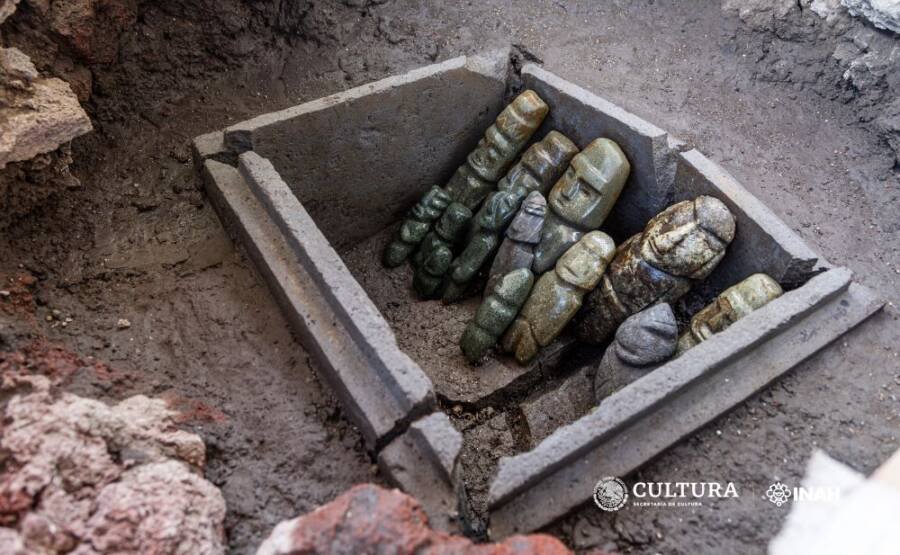Can you tell who this is without looking at the note below? What do you think about a woman’s hips, crooked legs and protruding teeth? Look at that weird picture again before you look beyond here.
Yes, this is the computer-generated image of King Tutankhamun, an Egyptian pharaoh, after testing his DNA. The mummy, which is found in many ‘immortal periods’, has these deformed legs in corpses made to last. [equino-varus-supinated foot]. The reason for this is that marriages occur within families when the sacred royal blood is not in contact with other blood.
In addition, he had difficulty in circulating blood from the heart to other organs. [Köhler’s disease]. Geneticists speculate that he may have died as a result. But it is questionable whether the ancient Egyptians, who knew the exact pyramid technology as well as the art of medicine, were aware of this wrong marriage practice. Perhaps that knowledge did not apply to the existing royal laws. They often said that this was also a curse of God.
Anatomical scientists say that a person with this type of skeletal system or skeleton may experience extreme pain not only when walking but also when standing up because their body weight is out of balance. Because of this he would always fall. Some speculate that King Tutankhamun died in a fall.
Unfortunately, this custom still exists today among many Middle Eastern nations. Even if the same family members are not married, the marriages of close relatives take place. For this reason, birth defects as well as thalassemia are common. In ancient Egypt, the original reason for this was that the king represented a “great god” so that no one other than the king’s relatives should be associated with the king. The second reason and the reason for the tribal marriages that exist in the Middle East today is to maintain economic and social stability without dividing wealth.
Marriages took place between the sons and daughters of the kings of the Eighteenth Kingdom (“Dynasty”). Marriage has taken place between father and daughter. . (Thutmosis II, Thutmosis III, Thutmosis IV, Amenhotep III). The daughter was the return of the mother and the new queen. King Tutankhamun, pictured above, was the result of a marriage between a brother and sister of the same family [Akhenaton]. It was concluded as a result of a very experimental genetic analysis.
The huge tomb where Tutankhamun was buried had a large number of rods. One note states that it was 130 rods. That is to say, those sticks showed the sticks he had used from the moment he was able to walk or until he died. Scientists speculate that because of his deformed legs, he was unable to sit in the chariot that existed at the time.








1 thought on “Egypt 8 – Who is this?”
Your article helped me a lot, is there any more related content? Thanks!